All about Siropiasta, or Greek desserts with syrup
Greeks love their sweets, and there is a whole class of desserts called siropiasta, or desserts with syrup. Most often baked in a large metal pan (they are sometimes referred to as pan-baked desserts) these cakes, and layered desserts made with phyllo, have a sweet fragrant syrup poured over them once they come out of the oven. The result is a dessert that is sweet, sticky, moist and incredibly delicious.
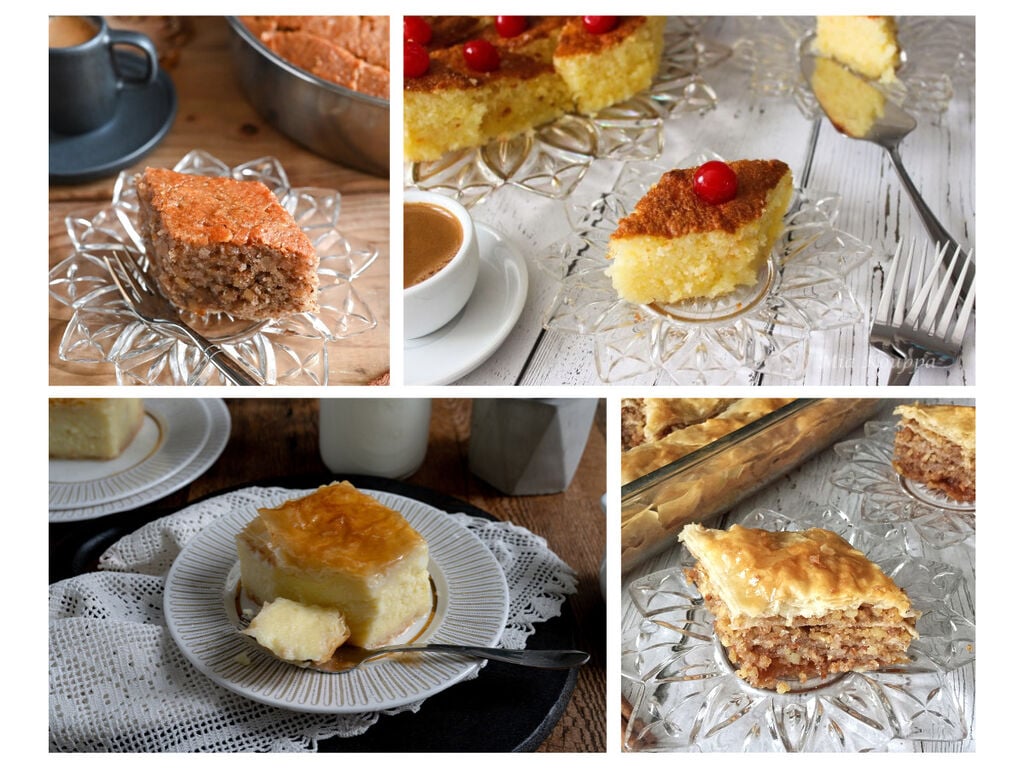
Growing up in a Greek family, there was always some sort of dessert available, at all times. This was just in case we had an unexpected visitor, a planned family and friend gathering, or a sudden craving for something sweet. Often times it would be a siropiasto dessert that was ready, waiting to be enjoyed with a cup of Greek coffee or a glass of cold milk.
Siropiasta take their name from the word σιρόπι (in English pronounced, siropi), which means syrup in Greek. This is because, after baking these desserts have plenty of syrup poured all over them.
What type of desserts can be siropiasta?
When we think of siropiasta, we primarily think about pan baked desserts that are layered with phyllo – desserts like kataifi, galaktoboureko and baklava. There are also several cakes that are soaked in syrup once they are baked. These include cakes such as revani and portokalopita. Finally, although not commonly referred to as siropiasta, there are Greek cookies such as melomakarona and ahladakia that are dipped and soaked in syrup after they are baked, making them sweet, sticky and incredibly moist.
How to add the syrup to your baked dessert
The general rule of thumb, regardless of the actual dessert, is that hot syrup gets poured over a cooled dessert, or cooled syrup gets poured over a warm dessert. I personally prefer the latter method because I find it easier to plan, and in my opinion the syrup just gets soaked in better when the cake or dessert is still hot.
When planning to make a siropipasto dessert I start with the syrup. I make the syrup and then remove it from the heat to start cooling. At that point I begin my dessert. By the time the dessert is ready and comes out of the oven, the syrup is cooled to room temperature and is ready to be poured over. Let is sit for a while so that all the syrup gets soaked in – this can take several minutes, and up to an hour. Generally speaking, siriopiasta desserts taste best after they have rested for a while.
How to flavour the syrup
Every family and household has their own way to make the syrup, depending on how sweet and how aromatic they want it to be. Still, the basic ingredients of most syrups are water, white granulated sugar, and/or honey. From there you can add any ingredients you like. Common additions are citrus (including the peel, slices and/or juice) and cinnamon, but you can also add other aromatics like cardamom pods, cloves or vanilla.
A tip about the cinnamon
When I add cinnamon to my syrup I almost always use cinnamon sticks instead of ground cinnamon; this is so that I don’t change the colour of my syrup.
How much syrup is required?
This is really a question of preference. You definitely want it to be evident that there is syrup in your dessert, but beyond that you be the judge. I, for example, use less syrup in my karydopita (Greek walnut cake) than most people do. You can definitely see that there is syrup, but the cake is not swimming in it. You can definitely add more syrup if you like, and if you find that the recipe did not give you enough syrup, it is easy enough to make more.
What to do with leftover syrup
If you decide to use less syrup than what is called for in the recipe you can keep the excess in the refrigerator. You can either use it to make another dessert (you can combine it with another syrup if what you have left is not enough). You can also add it to some freshly squeezed lemon juice and water to make a sweet flavoured lemonade. You can also use it as an aromatic simple syrup when making cocktails. If your syrup is made of honey (like the one I use to make melomakarona) then you can use it to pour over loukoumades, tiganite’s or even pancakes and waffles.
Best Greek siropiasta desserts
Siropiasta cakes

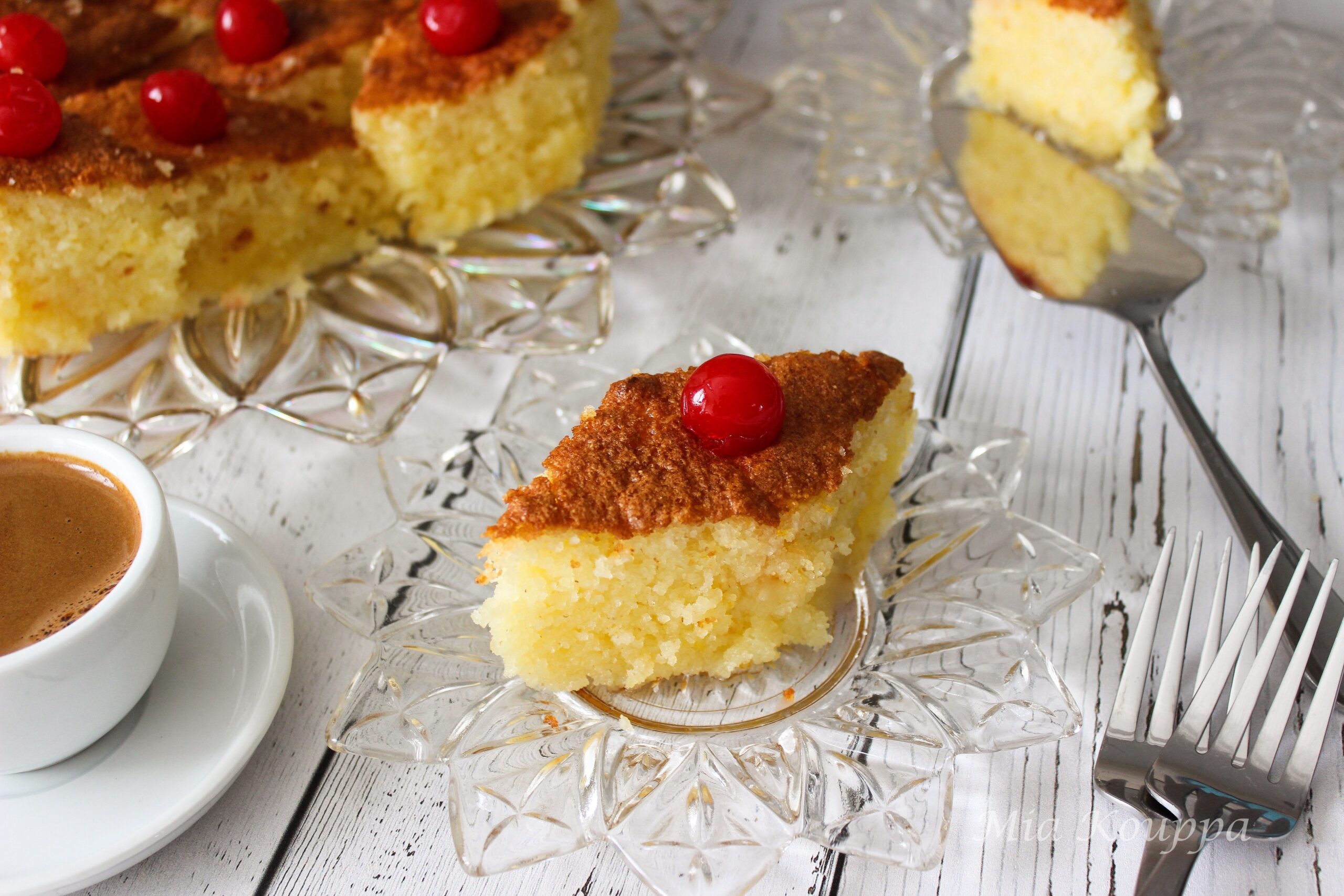
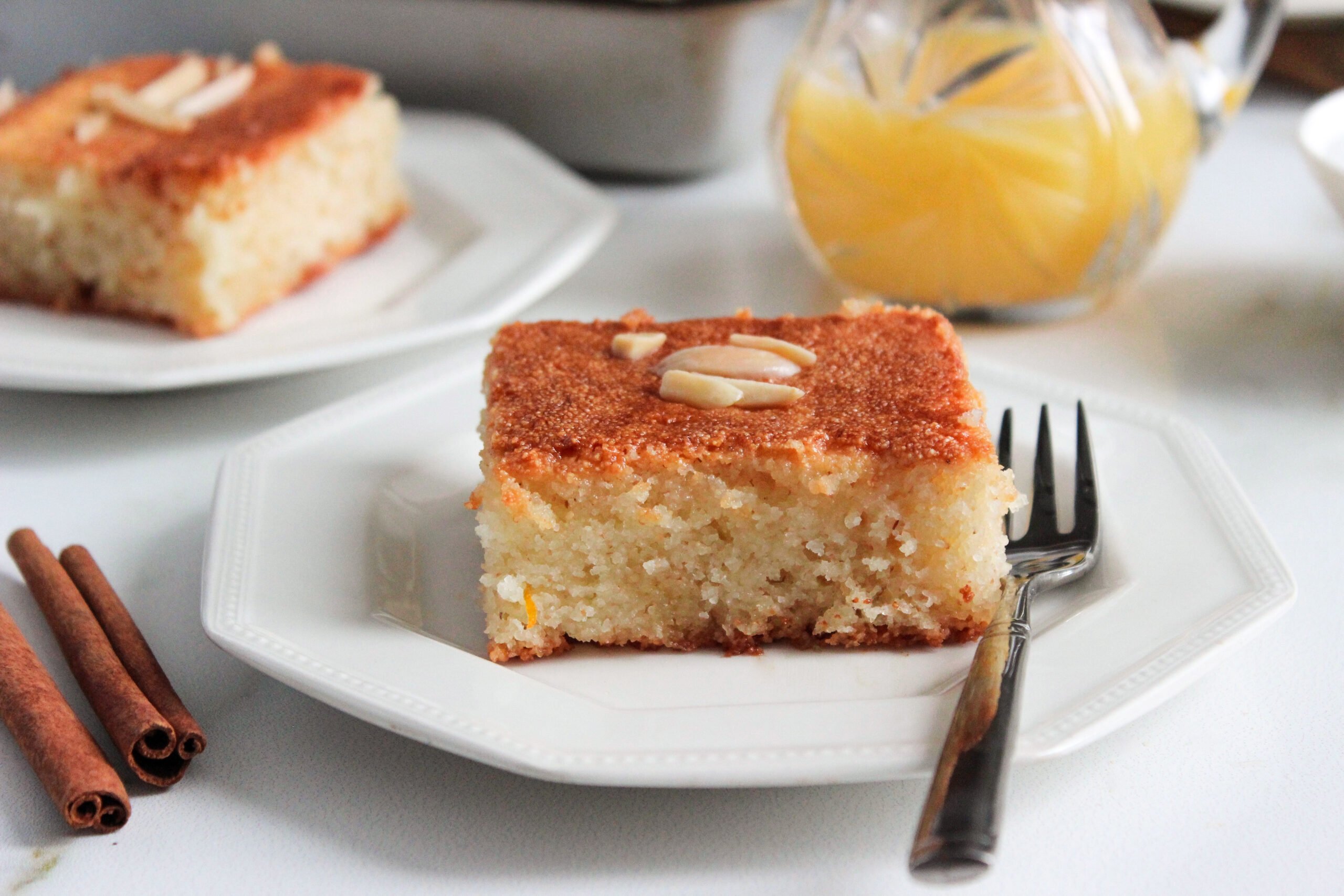
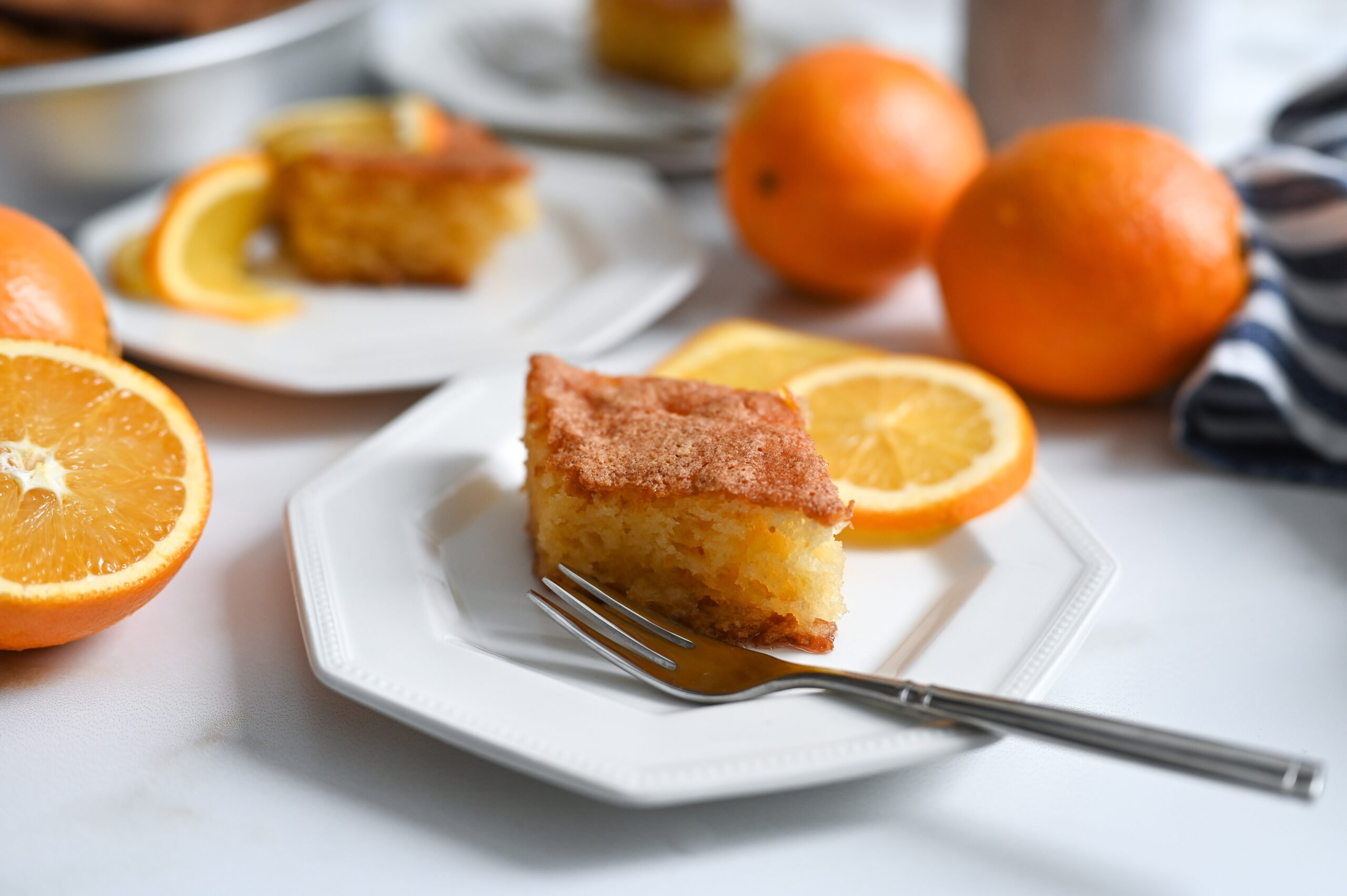
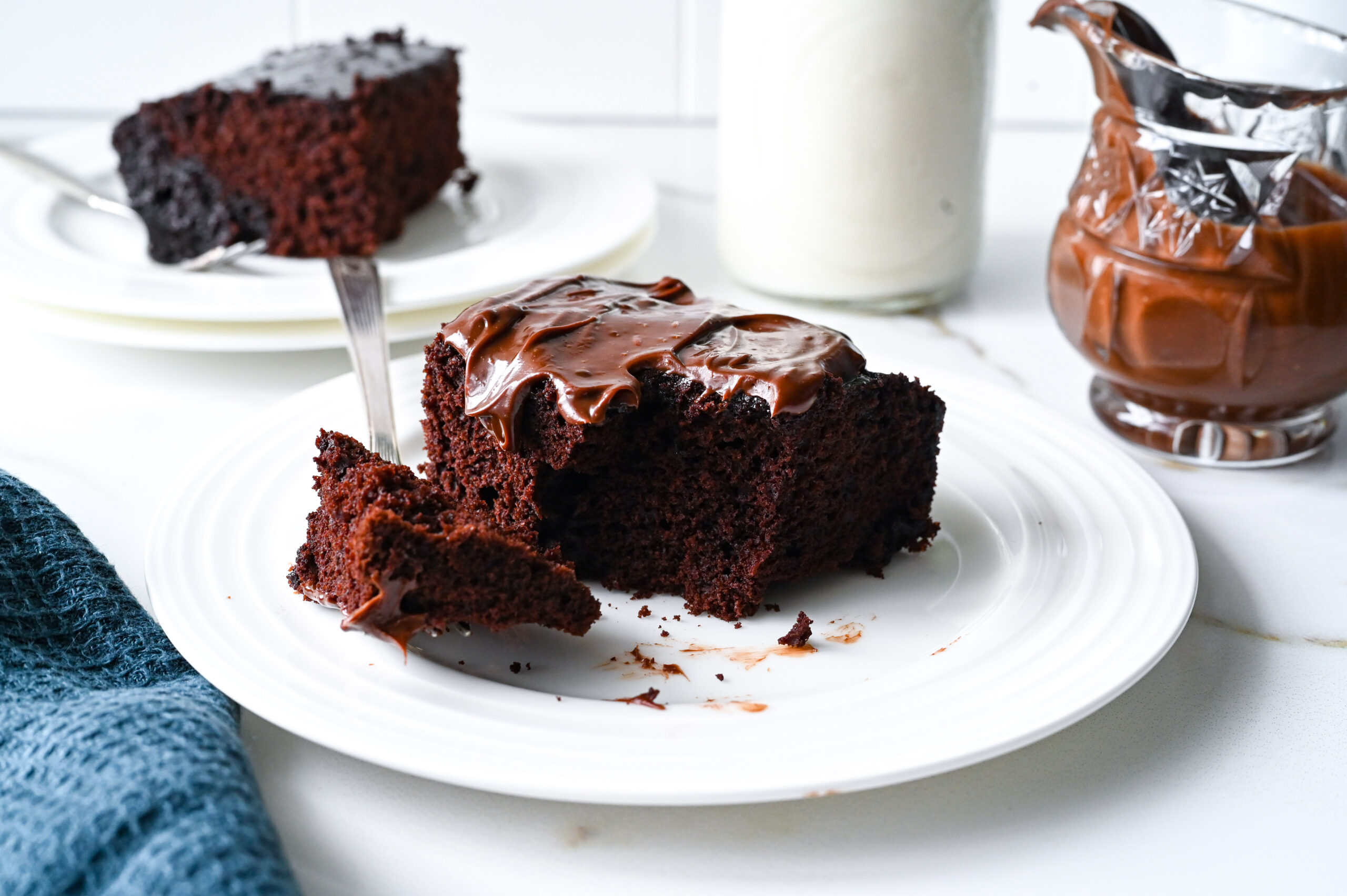
SIropiasta made with phyllo






Cookies soaked in syrup
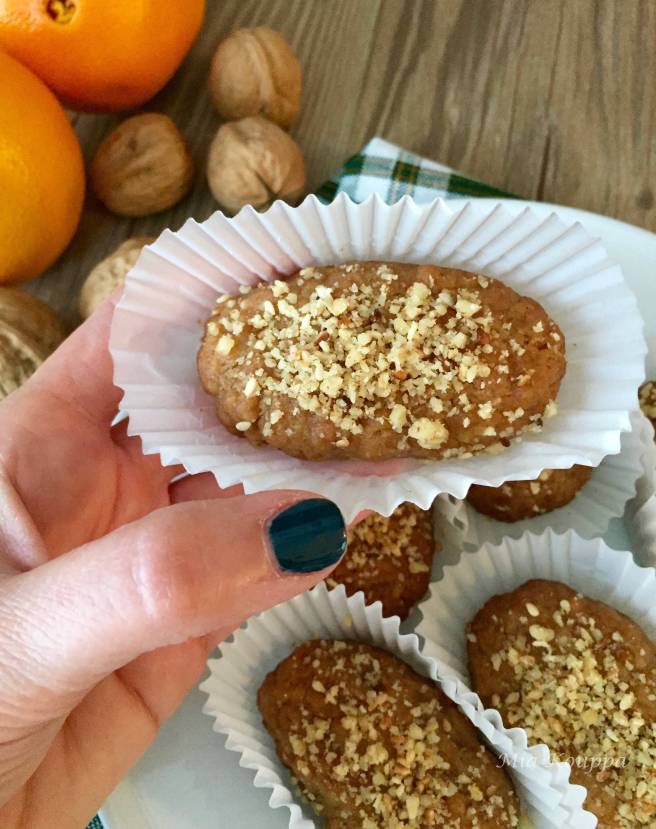


More Greek desserts
Siropiasta are one category of Greek dessert – there are so many more for you to enjoy! Here you will find all of the Mia Kouppa dessert recipes. Check back often as we have new recipes we will be sharing in the coming weeks and months!

They all look magnificent, but especially the apple baklava. What an excellent idea.
Thank you so much Charles! That certainly is a fun one! Hope you give it a try one day 🙂 xoxo Helen & Billie